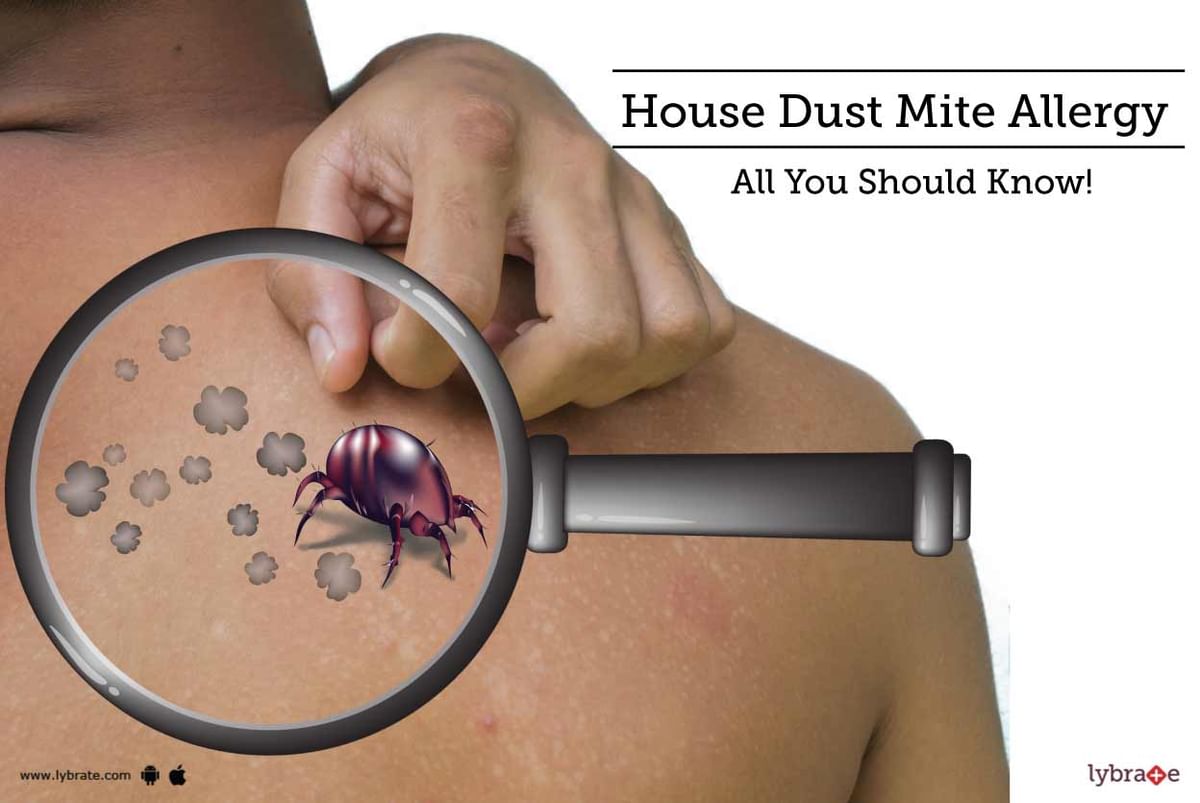
Dust mites are microscopic creatures that thrive in household environments, particularly in bedding, carpets, and upholstered furniture. They feed on dead skin cells shed by humans and pets, making them a prevalent allergen. For individuals with dust mite allergies, exposure to these tiny pests can lead to a range of symptoms that affect respiratory health and 塵蟎過敏 well-being. Understanding dust mite allergies involves recognizing the triggers, symptoms, and effective management strategies to minimize their impact on daily life.
Dust mites are tiny arachnids, measuring less than half a millimeter in length, and are not visible to the naked eye. They live in warm, humid environments, and their presence is most common in areas where dust accumulates. Common habitats include mattresses, pillows, carpets, and upholstered furniture. Dust mites produce allergens in their waste products and body parts, which become airborne and are inhaled, triggering allergic reactions in sensitive individuals.
The symptoms of dust mite allergy can be similar to those of other respiratory allergies. Common manifestations include sneezing, a runny or stuffy nose, itchy or watery eyes, and coughing. For some individuals, exposure can lead to exacerbation of asthma symptoms, including wheezing and shortness of breath. In severe cases, dust mite allergies can significantly impact sleep quality and daily activities, contributing to overall discomfort and health issues.
Diagnosing a dust mite allergy typically involves a combination of medical history, symptom assessment, and allergy testing. Skin prick tests or specific IgE blood tests can help determine if an individual is allergic to dust mites. It’s important to consult with a healthcare provider or allergist for an accurate diagnosis and to discuss appropriate treatment options tailored to the individual’s needs.
Managing dust mite allergies requires a multi-faceted approach aimed at reducing exposure to allergens. Regular cleaning and maintenance of the home environment are crucial. This includes washing bedding and pillowcases in hot water weekly, using allergen-proof covers on mattresses and pillows, and frequently vacuuming carpets and upholstered furniture with a vacuum equipped with a HEPA filter. Reducing indoor humidity with dehumidifiers can also help limit dust mite populations, as they thrive in high-humidity conditions.
In addition to environmental control measures, medications can play a role in managing symptoms. Over-the-counter antihistamines and decongestants can help alleviate symptoms such as sneezing and nasal congestion. Nasal corticosteroids may be recommended for more severe symptoms or persistent allergies. For those with asthma exacerbated by dust mites, inhaled corticosteroids and bronchodilators can be prescribed to help manage respiratory symptoms.
Immunotherapy, or allergy shots, is another treatment option for individuals with severe dust mite allergies that are not well-controlled by medications or environmental controls. This therapy involves gradually increasing doses of dust mite allergens administered through injections or sublingual tablets, with the goal of desensitizing the immune system and reducing the severity of allergic reactions over time.
Preventative measures also play a critical role in managing dust mite allergies. Simple changes, such as removing or reducing the use of heavy drapes and upholstered furniture, can minimize dust accumulation. Using high-efficiency particulate air (HEPA) filters in air purifiers and vacuum cleaners can further reduce allergen levels in the home. Ensuring good ventilation and avoiding indoor smoking can also contribute to a healthier indoor environment.
In conclusion, dust mite allergies are a common issue that can significantly impact an individual’s quality of life if not properly managed. Understanding the nature of dust mites and their allergens, recognizing symptoms, and implementing effective management strategies are key to controlling allergic reactions. By combining environmental control measures, medications, and possibly immunotherapy, individuals can take proactive steps to alleviate symptoms and improve their overall well-being. Regular consultation with healthcare professionals and staying informed about advancements in allergy management can further support effective control of dust mite allergies.
Leave a Reply